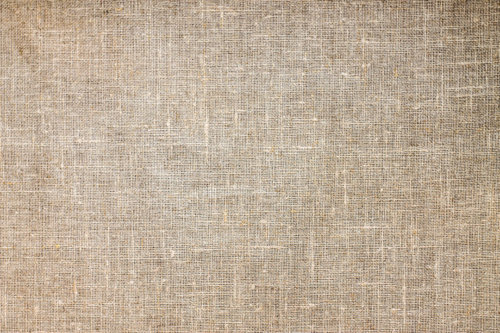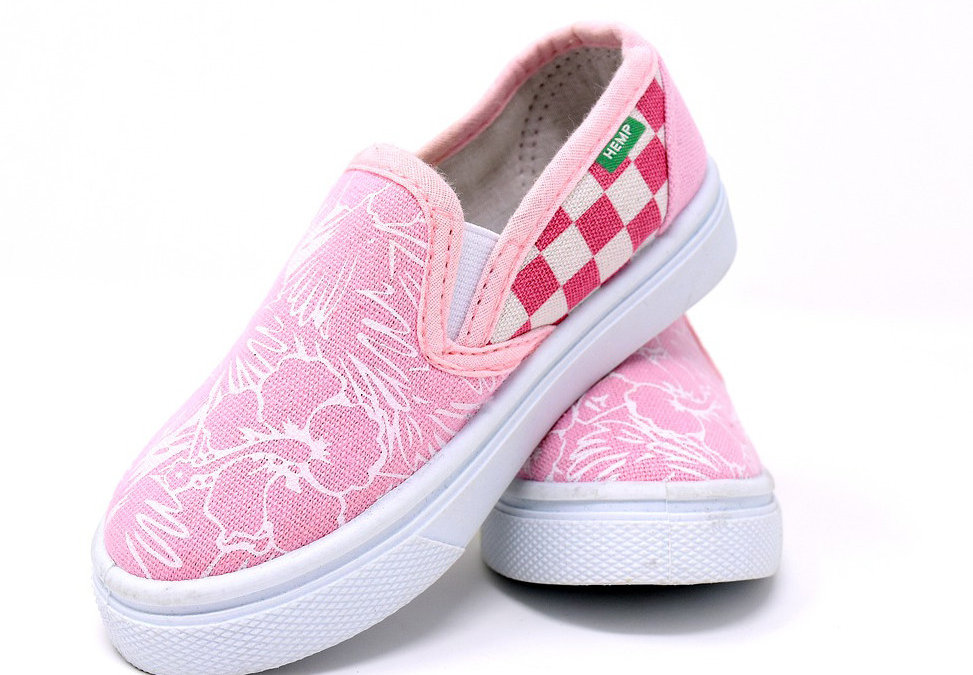Hemp appears on the world stage at the dawn of human experience. We find its seeds, rope, and cloth in the oldest tombs. Designer Ralph Lauren recently revealed that he has been secretly using hemp fiber in his clothing lines since 1984. In 1995 Calvin Klein included hemp in fall C. K. Home Collection. When Klein was giving an interview to the New York Times, he hinted that hemp would soon make an appearance in his clothing lines as well.
The original Levi Strauss jeans were made from hemp. Many magazines have shown hemp fashions on their pages and Rolling Stone listed hemp in its 1993 “hot” list. MTV, CNN, Fox, CBS, and ABC have all focused on the new looks.
What is the advantage of hemp?

Hemp isn’t a trendy new fabric, however. It’s a classic. Consider the advantages of the hemp:
- The tensile strength. Hemp fiber bundles are up to fifteen feet long, while cotton fibers are a mere three-quarters of an inch, which reportedly gives hemp eight times the tensile strength and four times the durability of cotton.
- Good abrasion resistance. Hemp is machine washable and dryable. Although it will wrinkle like a natural linen.
- Comfort. With proper processing, hemp can be made softer than cotton.
- Breathability & Wicking. Performs very well when it comes to breathability and wicks moisture away from the body effectively. It is also more absorbent, making it an excellent choice for towels, diapers, and baby clothing. Upholstery fabric, table linens, casual clothing, and high-quality linen wear are all potential markets for hemp.
- Aesthetics. Hemp has a natural luster and takes dyes beautifully, due to its superior absorbency.
Because of all these clear benefits, it is highly likely hemp will end up overtaking other fabrics in many areas of production. Hemp products can be recycled and reused. Switching to hemp products will help save the environment, leaving a cleaner and greener planet for the next generation.

